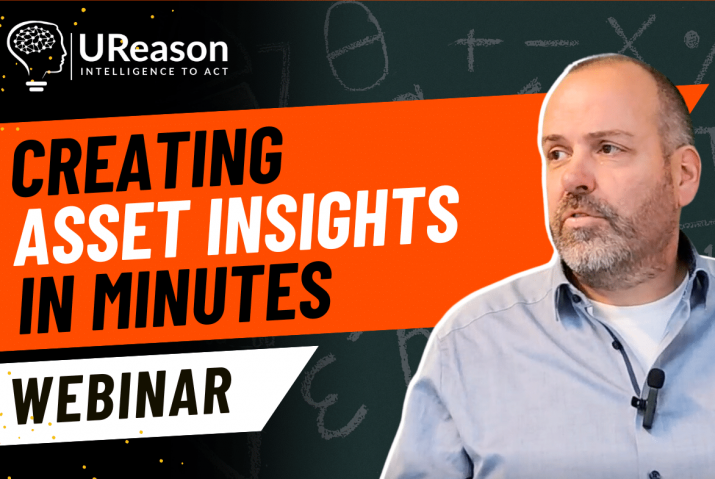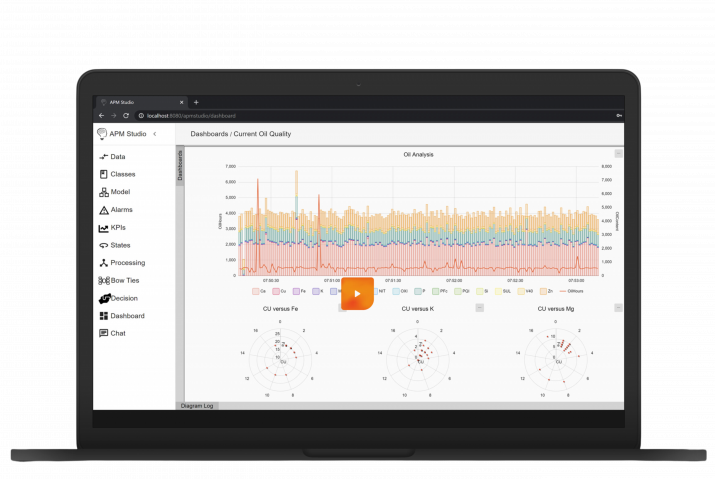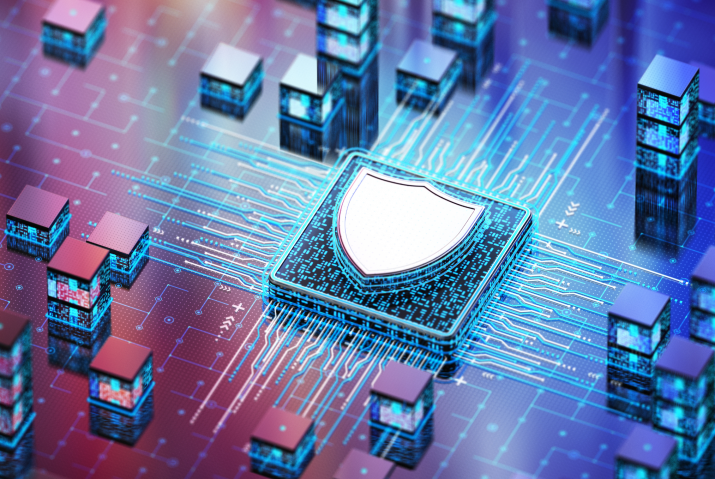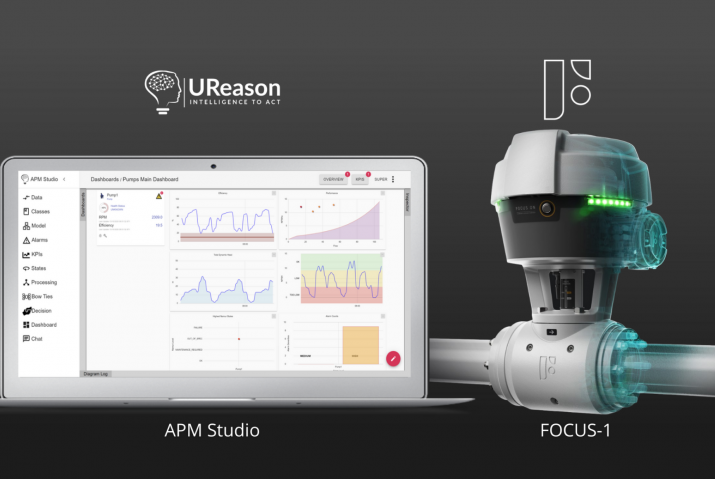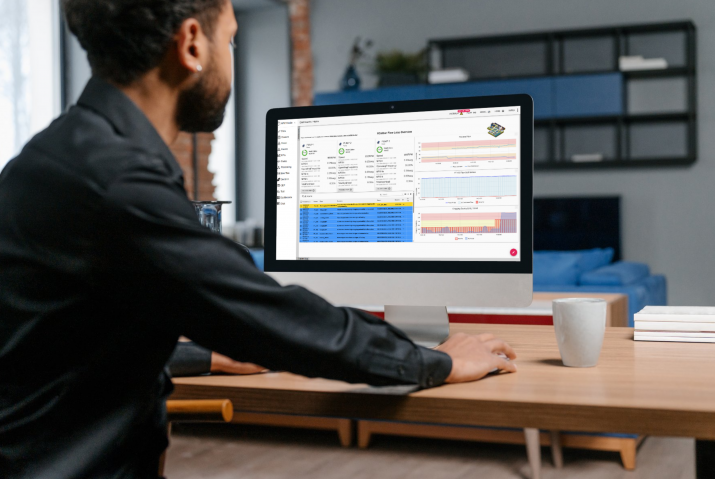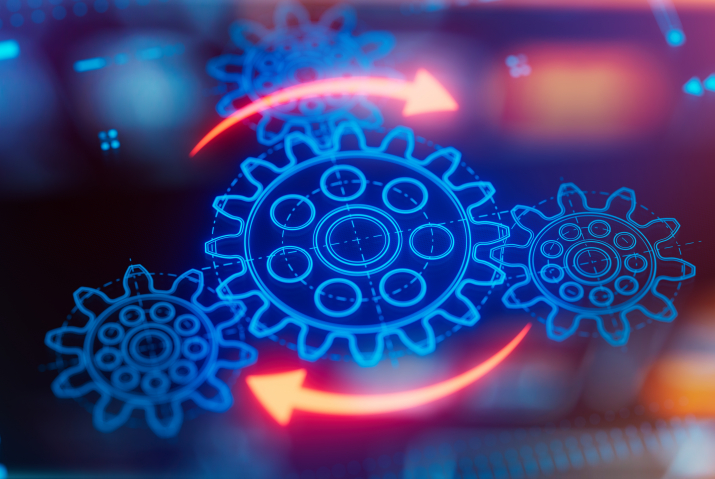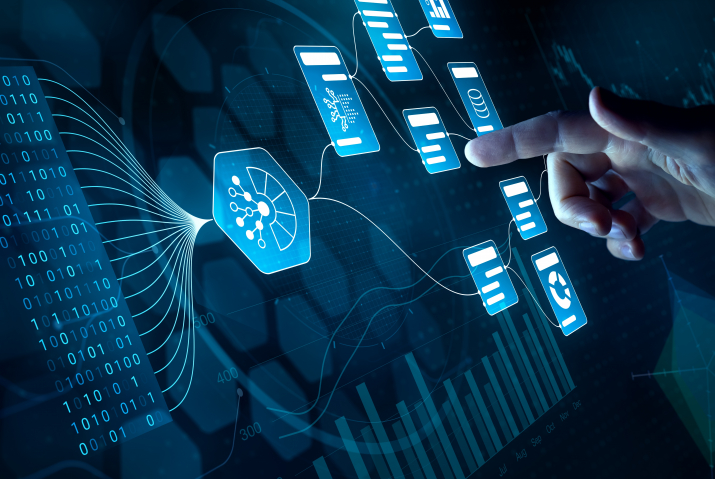The performance of a PID (Proportional-Integral-Derivative) controller is influenced by several factors. PID controllers are widely used in industrial control systems to regulate processes and maintain desired setpoints. Here are some key factors that influence the performance of a PID controller:
1. Controller Tuning Parameters:
- Proportional Gain (Kp): This parameter determines the strength of the proportional action. Increasing Kp can make the controller respond more aggressively to errors but may lead to overshooting or instability.
- Integral Gain (Ki): Ki affects the ability of the controller to eliminate steady-state errors. A higher Ki value can help reduce steady-state error but may also increase response time and overshoot.
- Derivative Gain (Kd): Kd controls the rate of change of the control effort in response to changes in error. It can help dampen oscillations and reduce overshoot. However, too much derivative action can lead to instability or amplification of noise.
2. Process Dynamics:
- The nature of the controlled process, including its dynamics, time delays, and nonlinearities, plays a significant role. Understanding these characteristics is essential for tuning the PID controller effectively.
3. Setpoint Changes:
- The magnitude and frequency of setpoint changes can affect controller performance. Rapid setpoint changes may lead to overshoot or instability if the controller is not properly tuned.
4. Disturbances:
- External disturbances or changes in the process variables can impact controller performance. The PID controller should be able to reject disturbances and maintain control.
5. Sampling Rate:
- The rate at which the PID controller samples the process variable can influence performance. A too slow or too fast sampling rate may lead to issues like aliasing or instability.
6. Anti-Windup Mechanisms:
- Anti-windup measures are often incorporated into PID controllers to prevent integral windup, which can occur when the controller saturates (reaches its output limits). Proper anti-windup strategies can help maintain stability and improve performance.

7. Noise Filtering:
- Filtering the process variable measurement can help reduce the impact of noise on the controller’s actions. However, excessive filtering may slow down the controller’s response.
8. Control Output Limits:
- The constraints on the control output (e.g., actuator saturation) can affect controller performance. The PID controller needs to operate within these limits.
9. Initial Conditions:
- The initial conditions of the system, including the initial error and controller output, can influence how quickly the controller reaches the desired setpoint.
10. Model Accuracy:
- If the process model used for controller design and tuning is inaccurate, it can lead to suboptimal performance. An accurate model helps in selecting appropriate tuning parameters.
11. Control Strategy:
- In some cases, advanced control strategies, such as cascade control or feedforward control, may be more suitable than a basic PID controller, depending on the process dynamics.
12. Human Operator Intervention:
- In some industrial applications, operators may need to override the PID controller’s actions (take control in manually) based on their judgment or external factors.
Optimizing the performance of a PID controller often involves a trade-off between various factors. It typically requires experimentation, model identification, and tuning to achieve the desired control performance while maintaining system stability. Advanced tuning methods, such as autotuning algorithms, can also be employed to assist in PID controller tuning.
